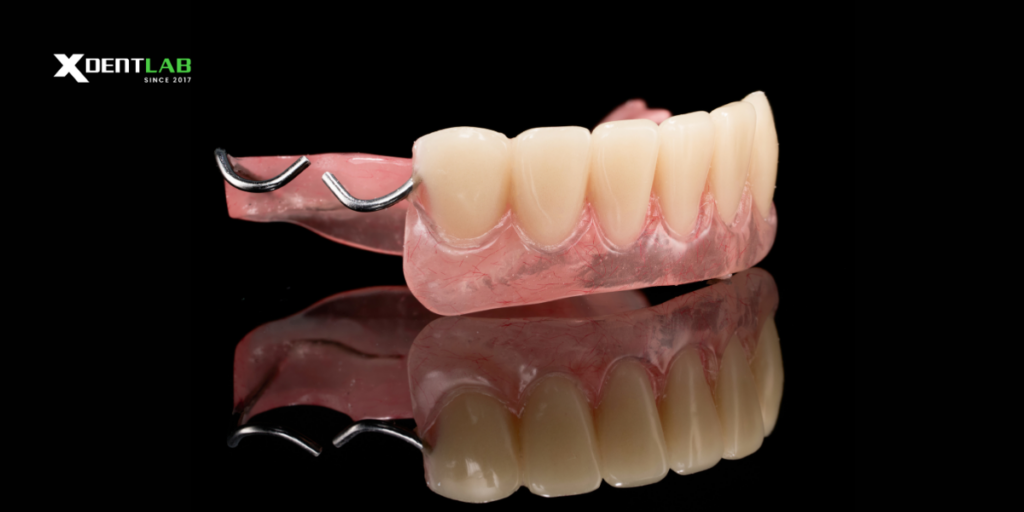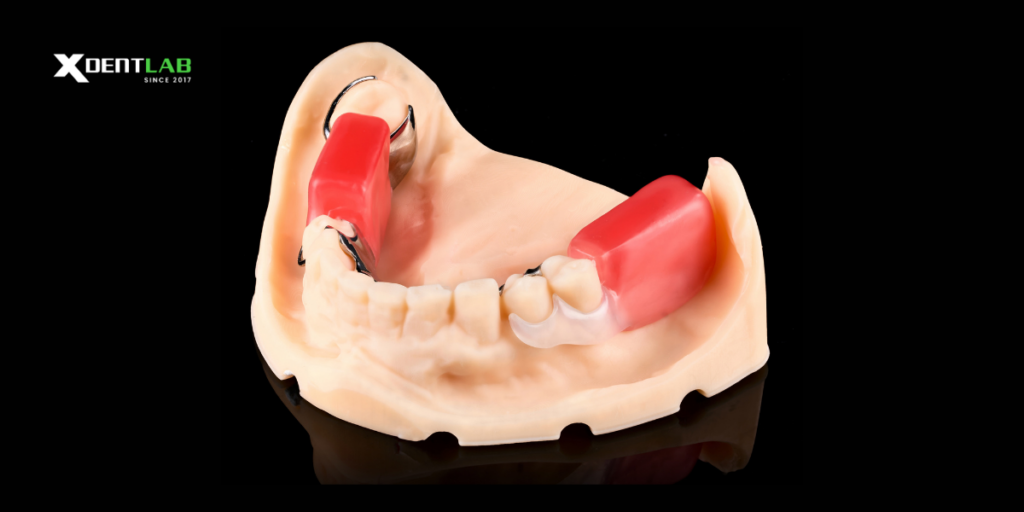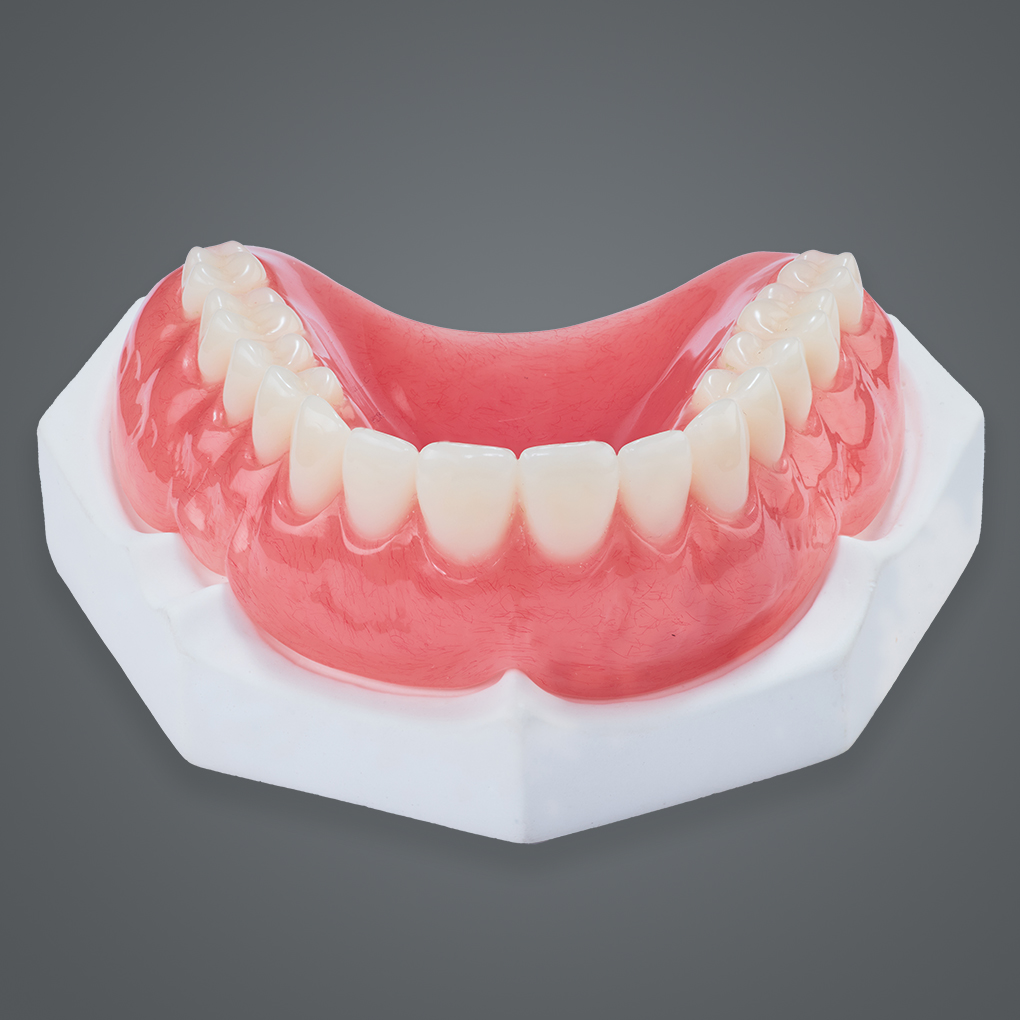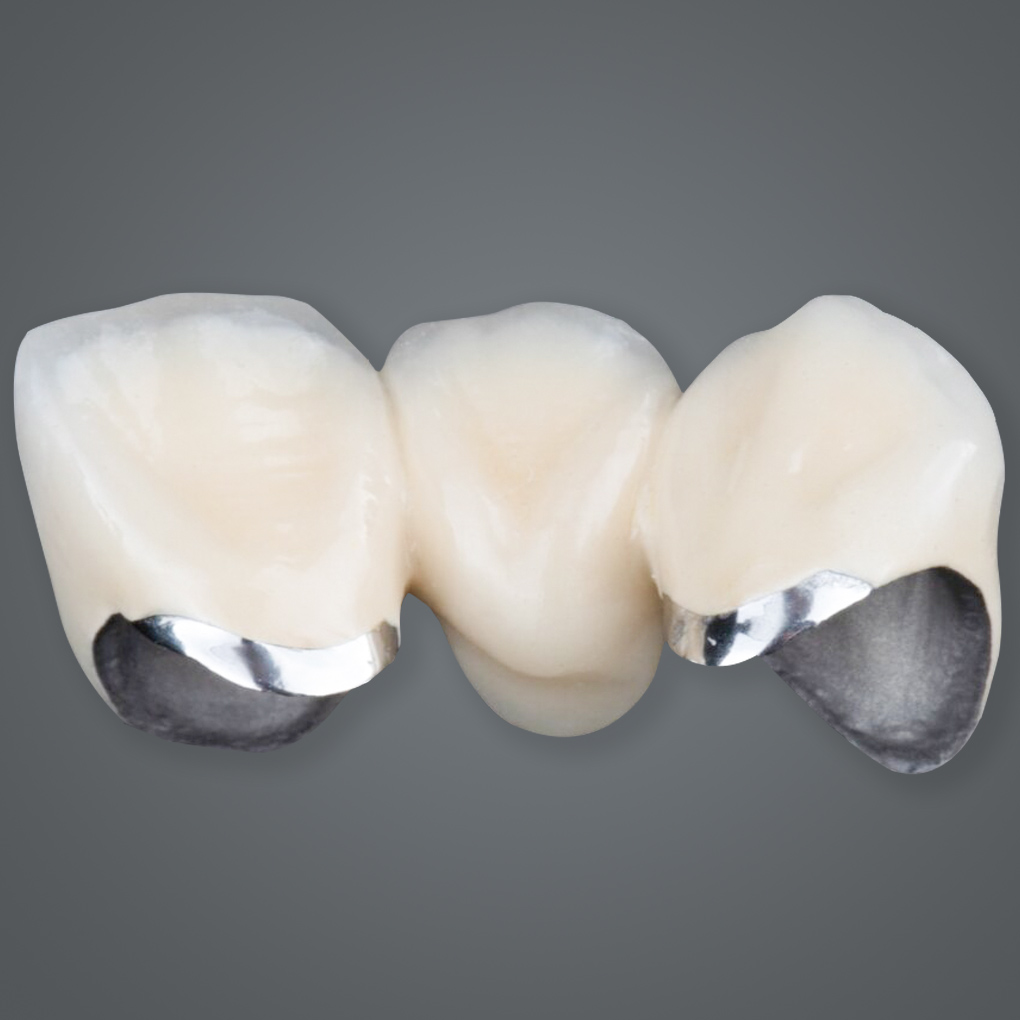In the world of removable prosthetics, stability and retention are key. For dental labs and technicians, selecting the appropriate clasps in removable partial dentures isn’t just about function, it’s about harmonizing biomechanics, material compatibility, and aesthetics. Clasps anchor the prosthesis to natural abutments, ensuring patient comfort, minimizing movement, and enhancing the prosthesis’s longevity.
Through this article, we will learn more about common clasps in partial dentures and gain some insights into them.
Contents
1. What Are Clasps in Removable Partial Dentures?
Clasps are retentive elements used in removable partial dentures (RPDs) to anchor the prosthesis to natural teeth. They provide mechanical retention by engaging the undercut areas of abutment teeth, resisting dislodging forces during chewing and speaking.
2. Common Types of Clasps Used in RPDs
2.1. Metal Clasps (Cast or Wire)
- Materials: Co-Cr alloys or stainless steel
- Applications: Akers (circumferential), Ring, and C-clasps
- Advantages:
- High strength and fatigue resistance
- Consistent retention over time
- Compatible with cast metal frameworks
- Considerations:
- Visibility in the aesthetic zone
- Requires precise adjustment to prevent enamel wear or soft tissue irritation

2.2. I-Bar Clasps (Infrabulge Design)
- Framework: Part of RPI system (Rest, Proximal plate, I-bar)
- Engagement: Approaches undercut from the gingival direction
- Benefits:
- Superior esthetics — minimal facial coverage
- Flexible design for minimal tooth contact
- Indications: Anterior restorations and cases with minimal undercuts
- Challenges: Not suitable for distal abutments with severe tissue undercuts
2.3. C-Clasps
- Design: Nearly encircles the tooth with a buccal retentive arm and occlusal rest
- Use: Often used on posterior teeth where esthetics are less critical
- Benefits:
- Strong mechanical retention
- Simple design, easy fabrication
- Drawbacks: Visible metal in posterior regions may still be an issue for some patients
2.4. Clear or Esthetic Clasps
- Materials: Acetal resin, clear thermoplastics
- Usage: For patients with high esthetic demands
- Advantages:
- Tooth-colored or transparent — blends with natural dentition
- Flexible and lightweight
- Limitations:
- Lower tensile strength than metal
- May wear or lose elasticity over time
- Indications: Acrylic-based or acetal frameworks, especially for anterior teeth

3. Material Options for Clasps
- Cobalt-Chrome (Co-Cr): Rigid and durable; commonly used in cast metal frameworks
- Stainless Steel Wire: Flexible and cost-effective, ideal for acrylic-based dentures
- Acetal Resin: Tooth-colored and more aesthetic, especially in anterior regions; suitable for metal-free frameworks
- Titanium: Lightweight and biocompatible, used in premium custom restorations
4. XDENT LAB’s Expertise in Removable Prosthetics
At XDENT LAB, we specialize in fabricating high-quality removable prostheses with tailored clasp designs. Our technicians use digital surveying and advanced CAD/CAM systems to ensure every clasp is positioned for optimal retention, patient comfort, and minimal aesthetic disruption.
Whether you’re fabricating an all-acrylic case with wire clasps or a metal framework with cast Co-Cr clasps, our technicians apply detailed surveying and design protocols to deliver restorations that meet clinical expectations.
Looking for a reliable lab-to-lab partner for removable cases?
XDENT LAB – Vietnam Dental Lab delivers precision, consistency, and expert removable prosthetics with fast, reliable service to support your dental lab’s workflow.
Top 5 reasons dental labs trust XDENT LAB as their go-to Lab-to-Lab Dental Partner





